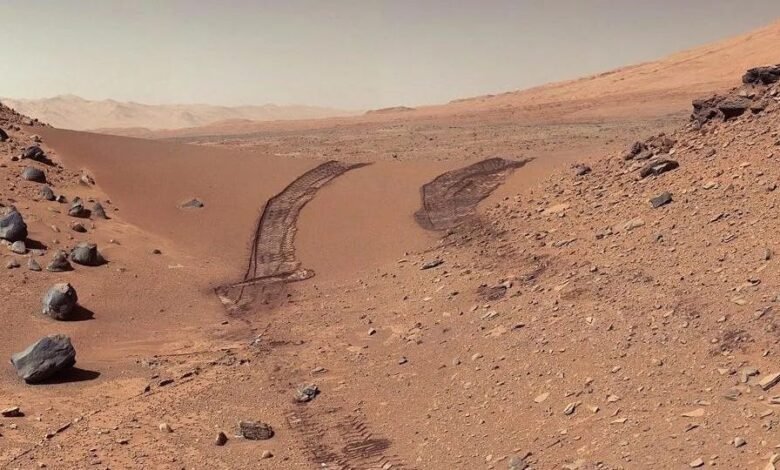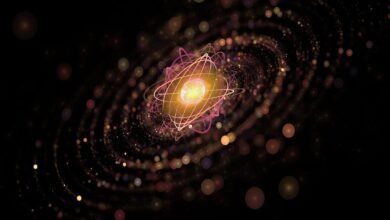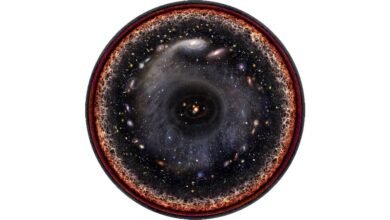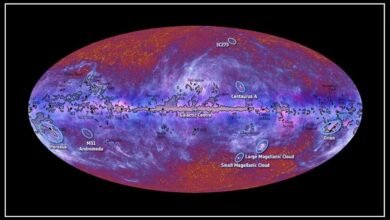The red color of Mars is mere inches deep | by Ethan Siegel | Starts With A Bang! | May, 2025

The surface and atmosphere is colored by ferric oxides. Beneath a very thin layer, mere millimeters deep in places, it’s not red anymore.
When we look out at our planet Earth from space, we see that even our home world itself comes in a myriad of diverse colors. The sky itself is blue, as the atmosphere preferentially scatters shorter-wavelength blue light in all directions, giving our atmosphere it’s characteristic color. The oceans themselves are blue, as water molecules are better at absorbing longer-wavelength red light than they are blue light. Meanwhile, the continents appear brown or green, dependent on the vegetation (or lack thereof) growing there, while icecaps, glaciers, and clouds always appear white.
However, that diversity of colors is not common to all planets. For example, on our neighboring world, Mars, one color dominates: red. The ground is red: red everywhere. The lowlands are red; the highlands are red; the dried-up riverbeds are red; the sand dunes are red; it’s all red. The atmosphere itself is also red in every location we can measure it. The lone exception to “red” appears to be the Martian icecaps and clouds, which are white, albeit tinted with a reddish hue as observed from Earth. Yet quite surprisingly, the “redness” of Mars is…




